|
The
Swartland Revolution
Visiting South Africa's Swartland region, Part 1 - dinner on the
Porcelain mountain
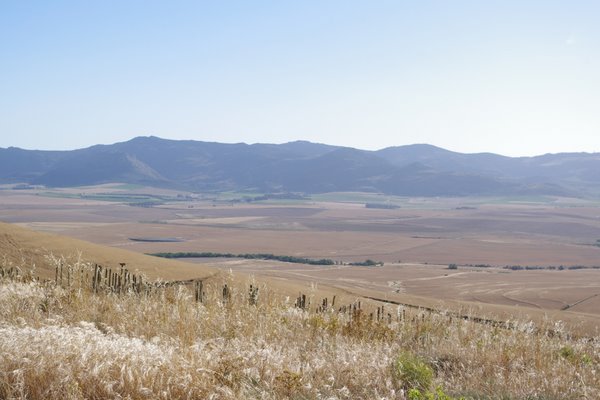
Swartland view
I arrived in Cape Town mid morning,
picked up an unfeasibly small hire car, and headed off for the
Swartland.
On most press trips I take, I'm looked
after, like a small child, with all transport, meals and
accommodation being taken care of. That’s great, but there’s
something to be said for driving yourself on a visit to wine
country. Hitting the open road, on your own, is an invigorating
feeling.
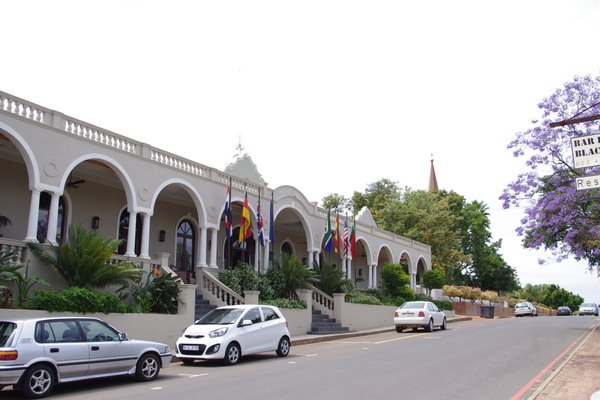
Riebeek
Kasteel
So after heading up the west coast (after
taking a wrong turning and ending up in downtown Cape Town), I made
my way through the rather functional town of Malmesbury, arriving at
my destination in Riebeek Kasteel by early afternoon. It’s a small
rural town – well, a village, really – and it’s pretty and
compact.
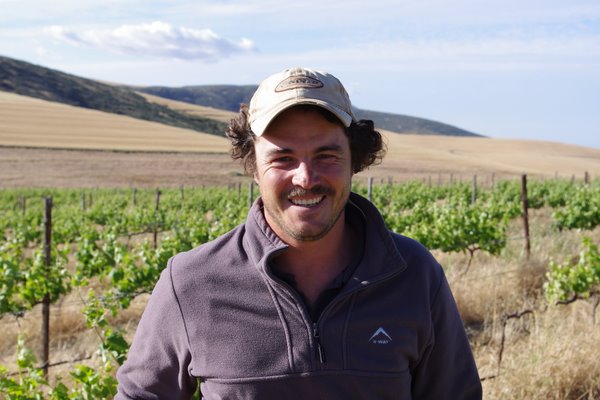
Callie
My first appointment was dinner up on
Porcelain Mountain with Callie Louw. I was driving, so I offered a
lift to French filmmaker Sebastien Burel with me. He had some pretty
hardcore directions, and we needed them, because we were heading off
the beaten track. My poor, underpowered hire car…

Callie’s home is on the top of the
hill, and that evening, a strong wind was blowing. Sebastien and I
joined up with Callie and viticulturist Rosa Kruger for a tour of
the property. Porcelain Mountain is the Swartland property of Marc
Kent and Boekenhoutskloof, and when the wines are released they will
go under the label Porseleinberg.
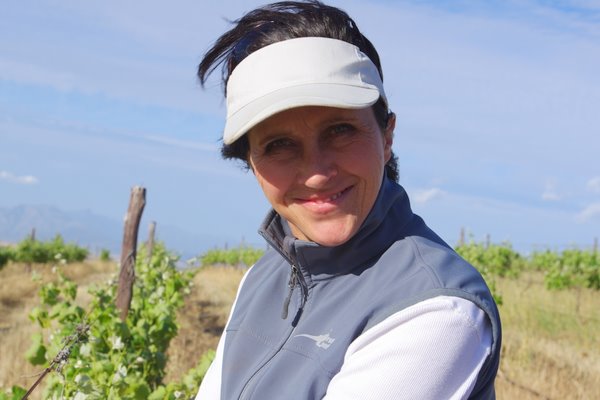
Rosa
Kruger
Boekenhoutskloof bought grapes from here
for 3 years, and then in 2009 the owners decided to move on. So they
offered the farm to Mark, who purchased it and started planting more
vines in 2010.
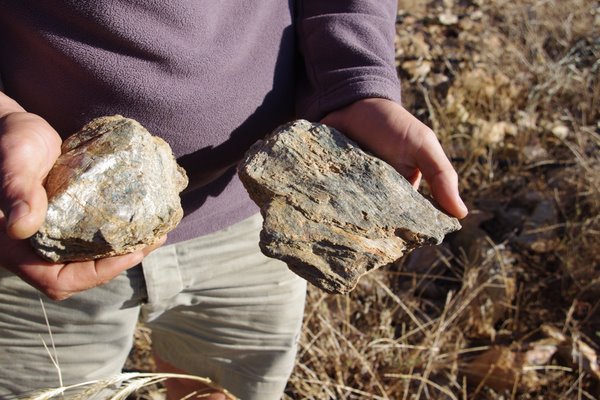
There are currently 16 hectares planted,
but it is only the old vines that are currently bearing. They
produce tiny berries. In 2009 the wine was made at Boekenhoutskloof;
in 2010 it was made here in the small winery at the farm. No wine
has been released yet; the first release will be the 2010 early in
2012, with the 2009 being made just for the Cape Winemaker’s Guild
auctions.
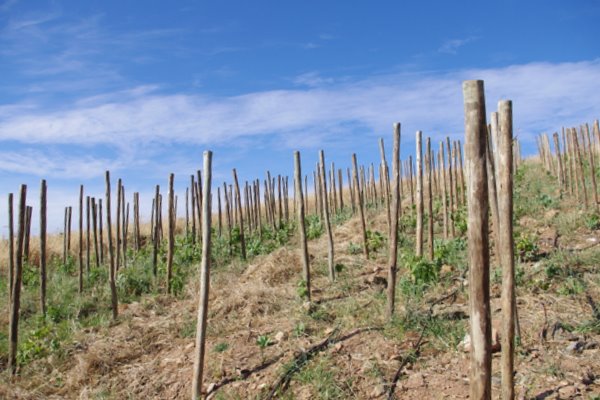
Eventually there will be 40 hectares of
vineyard here. Callie describes Porseleinberg as a zero barrique
winery. ‘I hate those things,’ says Callie. ‘They are good for
pot plants.’ Just concrete (Nomblot eggs) and large oak are used.
Production should end up at 10- 20 tons,
although the farm will produce 200 tons altogether, much of which
will go to Boekenhoutskloof. ‘The things I like most is
farming,’ says Callie. ‘The winemaking side of things is an
opportunity to see how well you have farmed.’

I can’t tell you what the 2010
Porseleinberg wine is like, because the project is being kept under
wraps and away from curious journalists for the time being.
A number of wine people gathered for
dinner, including guest of honour at the Swartland Revolution,
Olivier Clape of Cornas, Northern Rhône.
The wines we drunk were as follows:
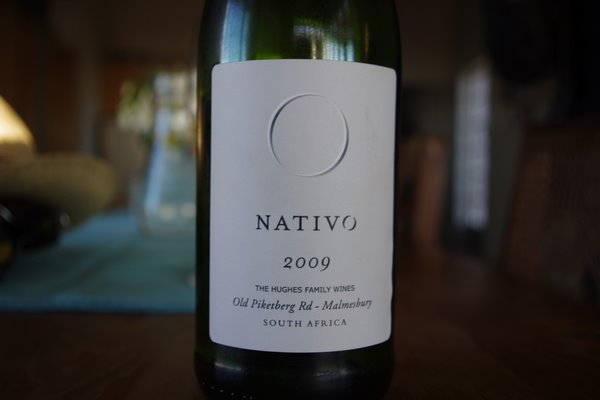
Hughes Family Wines Nativo 2009
Coastal Region, South Africa
A blend of 51% Chenin with Viognier and Verdelho. 14% alcohol.
Bold, rich and powerful with notes of spice, pear and peach. Ripe
and rounded. 89/100
Lammershoek Cellar Foot The Hárslevelű
2010 Swartland, South Africa
12% alcohol. Just 800 cases made, and not released yet. Will be
around 250 Rand. Grapes are crushed by feet in a basket press. Full
yellow colour. Remarkable stuff: apples, herbs, spice, tangy acidity
and lemony freshness. Powerful, fresh and slightly oxidative. Long
and tangy: a crazy wine. 93/100
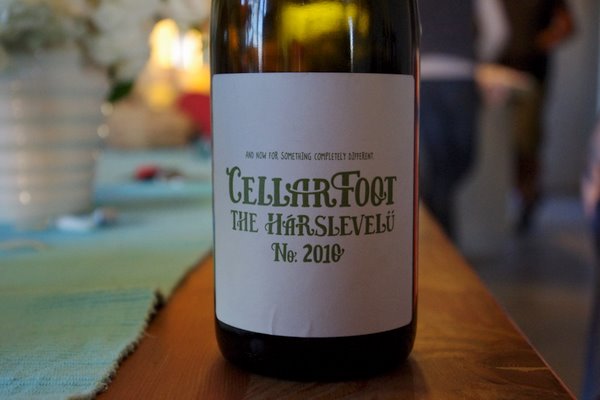
Domaine Léon Barral Faugères Jadis
2007 France
Wonderfully aromatic: fresh, meaty, spicy nose with some herb
and spice character. The fresh palate shows pure black fruits with
some meaty, earthy notes. Ripe and rich but also with savoury animal
notes. 92/100
Chateau d’Or et de Geules La Bolida
2007 Languedoc, France
Rich, vivid, intense and spicy. Ripe but still well balanced
with warm, rich spicy notes. Powerful and chunky, and perhaps also a
bit rustic. Warm spicy, savoury, drying finish, with some medicinal
notes. 89/100
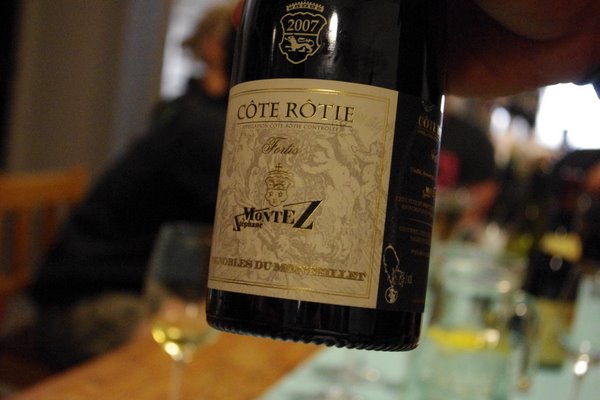
Stephane Montez Côte Rôtie
Fortis 2007 Northern Rhône, France
Open, sweet, aromatic floral meaty nose. The palate is fresh and
meaty with lovely black cherry fruit. Ripe, pure, expressive and
meaty with subtle pepper notes. Lovely fruit purity: fresh and
elegant. 94/100
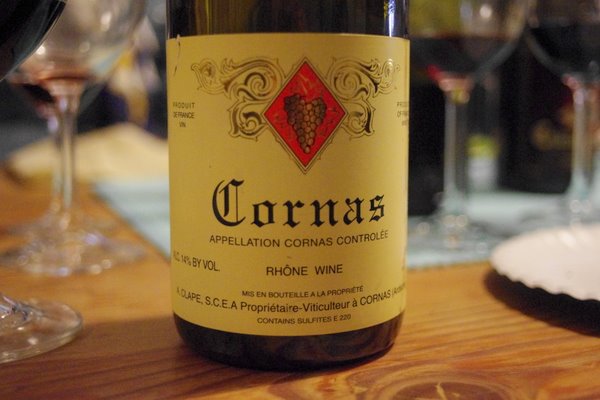
Jasmin Côte Rôtie 2007 Northern Rhône, France
Savoury, spicy and slightly herby. A bit dilute with high
acidity. Cherry and herb fruit, with some astringency. 86/100
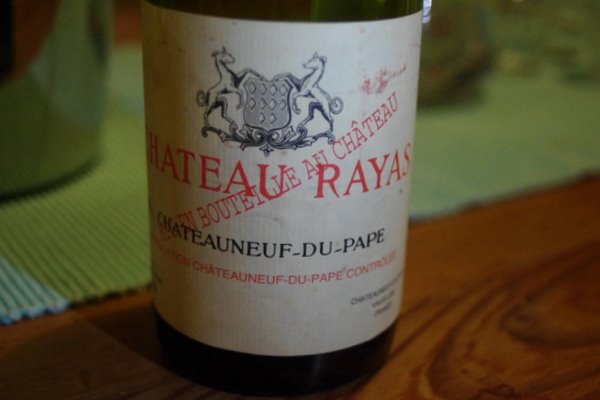
The
next three wines were served blind. Notes are as written.
Chapoutier
Barbe Rac 1997 Châteauneuf du Pape, Rhône, France
Old nose. Spicy, evolved, complex and earthy. Some ripeness and
a savoury finish. This is quite old: early 1980s? 84/100
Chateau
Rayas 2001 Châteauneuf du Pape, Rhône, France
Rich, warm, spicy and quite elegant with nice richness and
lovely savoury, spicy structure. There’s richness here but also
good acidity. Warm and spicy, there’s still life in this. Late
1980s? 92/100
Domaine
Pegau Cuvee Capo 2007 Châteauneuf du Pape, Rhône, France
Rich, warm and ripe. A bold, powerful wine with sweet cherry and
plum fruit. Youthful and intense, pushing ripeness. 90/100
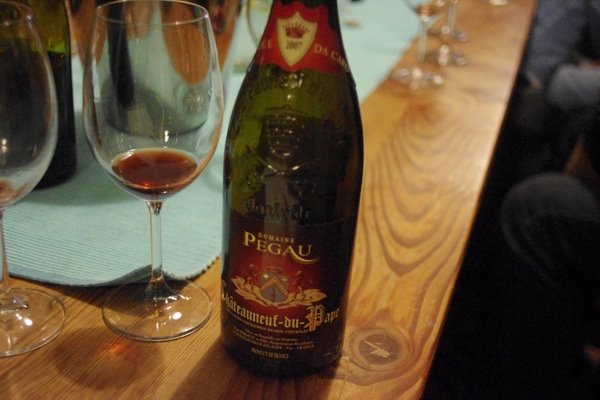
Clape
Cornas 2009 Northern Rhône, France
Very fine and expressive with lovely intense pure black cherry
and plum fruit. Fresh with good structure and
just a hint of meatiness. Vivid black fruits dominate: a
ripe, fruity vintage. Freshness despite the richness. 93/100
THE
SWARTLAND REVOLUTION
Part 1: Dinner at Callie's
on the Porseleinberg
Part 2: Lammershoek
Part 3: Photos of
Lammershoek
Part 4: Intellego
Part 5: Testalonga
Part 6: Eben Sadie
and a Columella vertical tasting
Part 7: Mullineux
Family Wines
Part 8: Tobias/Bryan McRobert
Wines
tasted 11/11
Find these wines with wine-searcher.com
Back
to top
|

